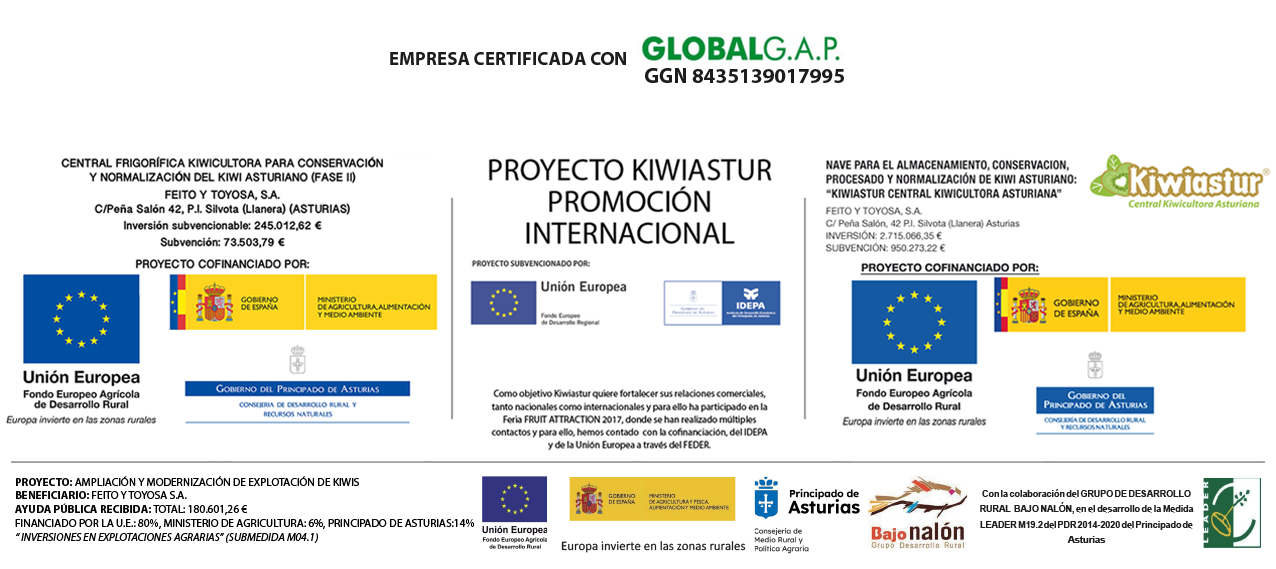The kiwifruit process

The fruits grow and ripen during spring, summer and part of autumn. Cultivation , without chemical fertilizers, begins in March with the simultaneous flowering and male plants, and their fertilization with the help of pollinating insects.
the coexistence of females and males is essential for production.
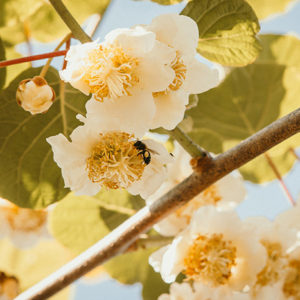
Bees are unquestionable the smallest, most numerous and even most important workers in Kiwiastur, at a rate of about 7 or 8 hives per hectare. The higher the pollination, the better the fruit: hence our commitment to a completely natural process, oriented to quality and sustainability.
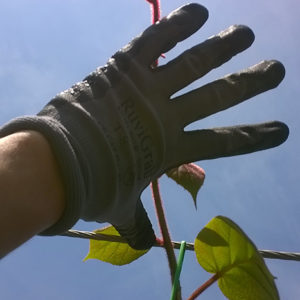
This stage, the most importante in the Kiwifruitadventure, is reached after a laborious pruning of the female plants between December and February. During growth, a green pruning is made to favor ventilation and isolation of the fruits. The males are cleaned up when they have finished their function, the one of producing flowers, so that they do not detract lights from the adjacent females.

These tasks are carried out by expert horticulturists, as well as the planting and the choice of training system, in order to achieve the maximum productive potential. The support structure, the routing and, above all, the distribution of the plants are determining factors for production, since the number and location of male plants influence pollination and this one in the quality of the fruit.
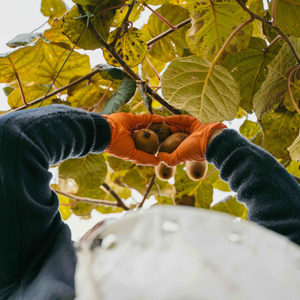
The harvest takes place in November, when the fruit, already well formed and of an adequate size, reaches an optimal degree of sugar and a high concentration of dry matter, which guarantee a sweet and sour, long, fruity and refreshing taste.
Fruiting pruning removes the branches that produced fruit during the previous season, as only the new shoots produce.
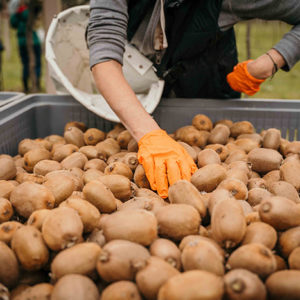
Harvesting is completely manual, to guarantee the integrity of the kiwis until they arrive at our facilities.
The kiwi calendar

To distribute Kiwiastur in your establishment, contact us:


